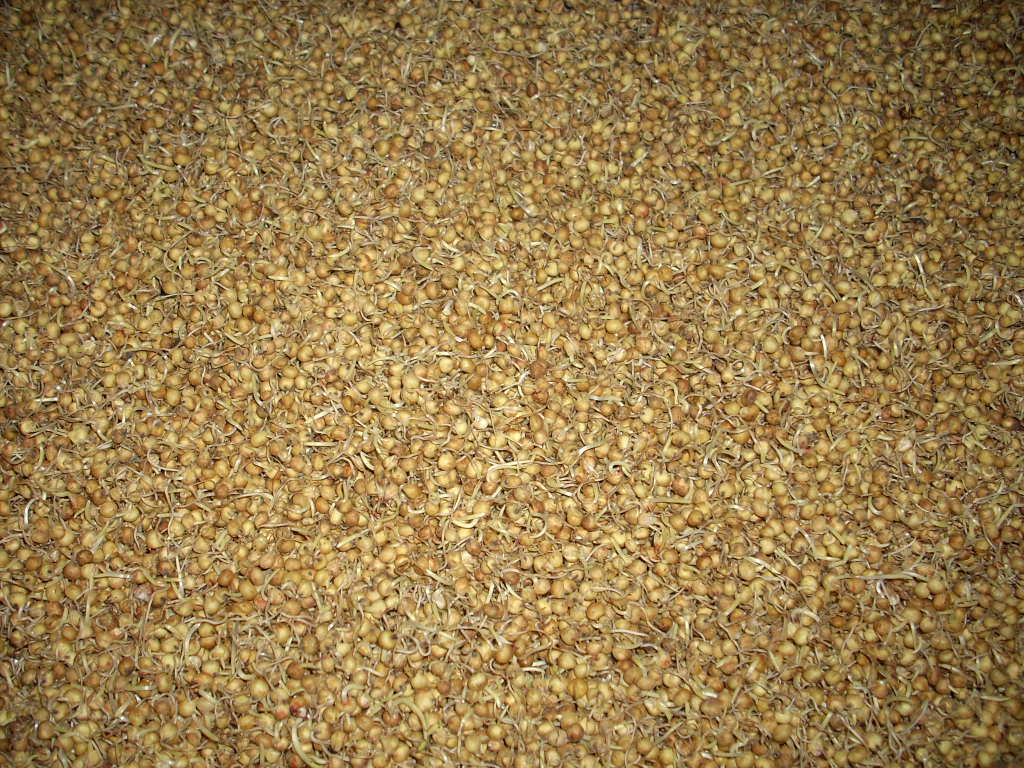The response surface methodology as a reliable tool for evaluating the need of commercial mashing enzymes for alleviating the levels of reducing sugars of worts of malted sorghum: Case of the Safrari cultivar (2011)

Abstract: A three factor Doehlert design was used to develop a statistical model to optimize the action of three commercial mashing enzymes (Hitempase 2XL, Bioglucanase TX and Brewers protease) on reducing sugars content of the worts of unmalted and malted Safrari sorghum. The response surface methodology revealed that increasing amounts of Hitempase considerably increased reducing sugars content during mashing of unmalted Safrari sorghum grist to about 90 g/L. Limited amounts of reducing sugars were obtained with increasing concentrations of both Bioglucanase (≈ 40 g/L) and Brewers Protease (≈ 30 g/L). The milling process facilitated the dissolution of about 10 g/L in yields of reducing sugars for the unmalted Safrari sorghum mash type without the help of enzyme. None of the three enzymes as sole mashing enzyme appeared to be of use in mashing malted Safrari, as reducing sugars yields were at maximum (168 g/L) after dissolving the grist in water and rather decreased with increasing amounts of enzyme supplements. Optimizing the concerted actions of the three enzymes for reducing sugars content of unmalted Safrari sorghum mash gave a combination of 2163 U, 937.5 BGU and 0 mg for Hitempase, Bioglucanase and Brewers Protease respectively. This gave a maximal reducing sugars content of 126.57 g/L. This combination was 0 U, 137.48 BGU and 0 mg for malted Safrari sorghum mash, giving a maximal reducing sugars yield of 168.56 g/L.


